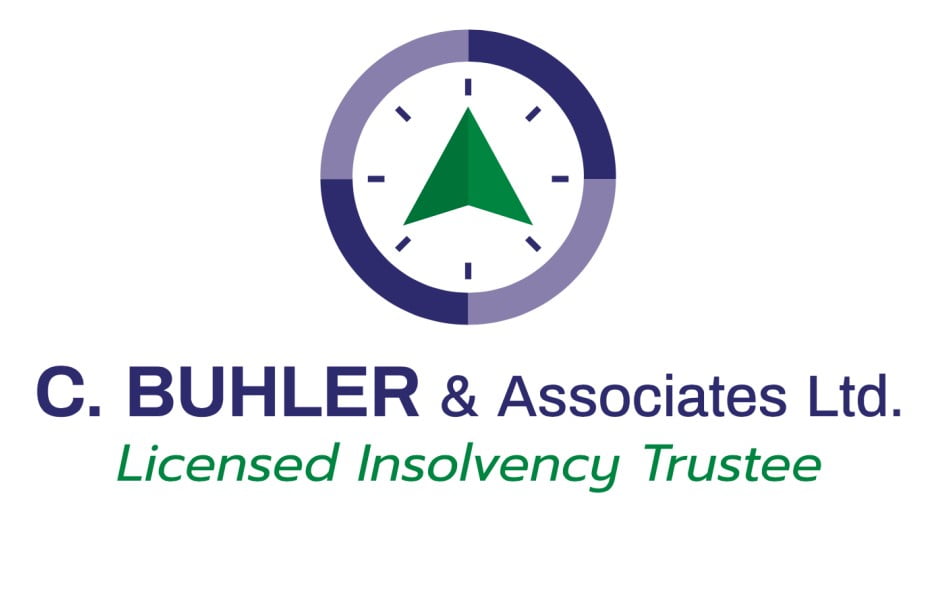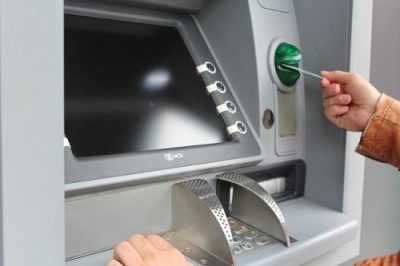Why you should change bank accounts after filing bankruptcy?
My Trustee recommends changing bank accounts after I filed a bankruptcy to a bank where I don’t have debt. I’ve been banking with my bank for years – I don’t feel like changing. To me, it just seems like it will be a hassle. Wouldn’t it be better for me to continue using the same account, and have that start to re-build my credit?
This question is a one we commonly address, and has a few different points to discuss.
Why do you need to change bank accounts?
The main concern is creditors who have been included in your bankruptcy will still have access to your existing bank account, and may keep taking payments. This may be either because you allowed them to take an automatic withdrawal in the past (automatic payments to a credit card from the bank account, for example). Or, because you bank at the same institution where you have debt (such as an overdraft on your chequing account). Keeping the same bank account would allow them access to continue taking funds from your account even after you filed. As we discussed in an earlier post, once you have filed either a bankruptcy or a consumer proposal, a Stay of Proceedings is in place. A Stay of Proceedings means no creditor is entitled to continue receiving payments on unsecured debts, like credit cards or overdrafts. However, due to the automation employed by banks and credit unions, the automatic payments can potentially continue to be drawn on your account for debts included in either a bankruptcy or consumer proposal.
The most effective way to ensure that you will have access to your money after filing a bankruptcy or consumer proposal is to make sure it goes into a bank account where there are no pre-authorized debits, or other debt. This is the reason your Trustee has advised you to change bank accounts. Technically, your bank or other creditors would not be allowed to keep funds that you earned after bankruptcy, but it can be challenging to get funds back if they are withdrawn. Your trustee has advised you to open a new account, and it is in your best interest to do so.
So I’ve decided I should probably change accounts. But how do I do that now that I’m bankrupt?
You do have options. You might consider opening an online account with any one of a few virtual banking providers, where you can open an account from the comfort of your smartphone. Should you prefer the face-to-face approach, you will likely need to make an appointment at the branch of your choice. When meeting with the banking professional, tell them that you are just looking for a chequing or savings account and that you do not require additional services such as overdraft or line of credit. Just because you are in a bankruptcy (or consumer proposal) isn’t a valid reason to be declined for an account. In our experience, the vast majority of clients can open a new account with only one appointment. In fact according to the Bank Act, no bank in Canada can deny you the ability to open an account.
So once I have my new account, what do I do with my old one? Should I close it? Or would leaving it open improve my credit, as I’ve had it for years?
Keep in mind that once a bankruptcy or consumer proposal is filed, it will appear on your credit report. Attempting to ‘improve’ your credit during your proceeding isn’t really an option. However, once your proposal or bankruptcy is removed from your credit, together with the accounts included in your file, the details on your credit report will include the choices you’ve made since filing. Keeping a bank account through a bankruptcy won’t serve to improve your credit.
If your account is in the overdraft at the time you file, you will not be permitted to close it, and the overdraft balance should be included in your file. If you have funds in the account (ie. not in the overdraft), you may wish to move the balance to your new financial institution, to pay your upcoming bills. Make sure if you do move your balance, ask your bank to close the account when you leave, so that any future automatic payments will not go through this old account, and overdraw it.
Should you open a new account, don’t forget to move your sources of income (payroll, government income such as pension and Canada Child Benefit), and the payments that you want to continue to make (insurances, rent, Trustee payments) to your new account. You may find Service Canada’s My Account feature helpful for this.
To save yourself potential headaches, we recommend changing bank accounts before, or as soon as possible after, filing a Consumer Proposal or bankruptcy in Saskatoon.
For more information about this or to schedule your free consultation contact us here.





